How to Take Advantage of EV Charging Incentives for Fleets
Blink Charging
OCTOBER 11, 2023
Between the United States federal government, state, and local governments; power companies and utilities; and air pollution control districts, there are hundreds of incentives for fleet owners to switch from internal combustion engine vehicles to electric vehicles (EVs). The Internal Revenue Service administers this commercial EV tax credit.

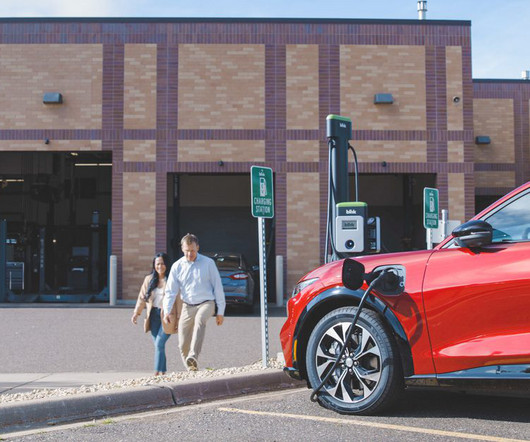
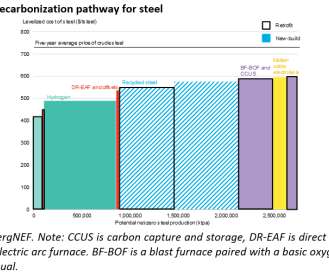
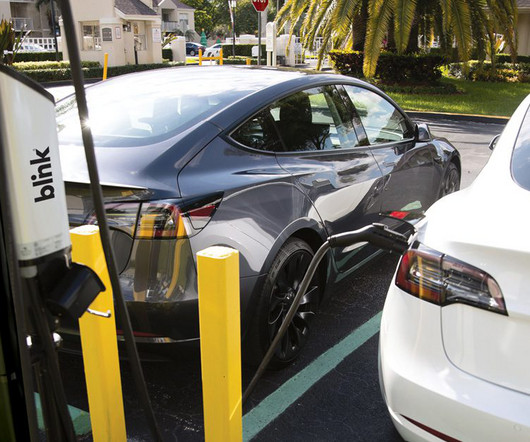





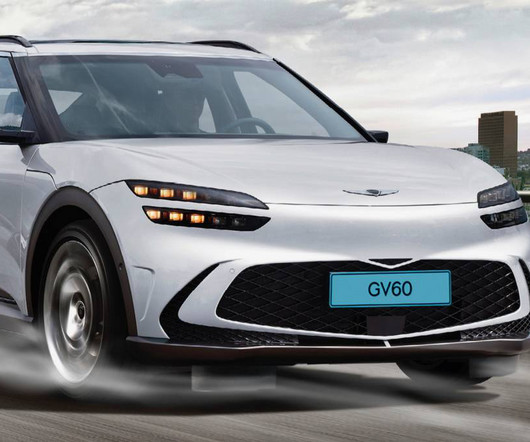







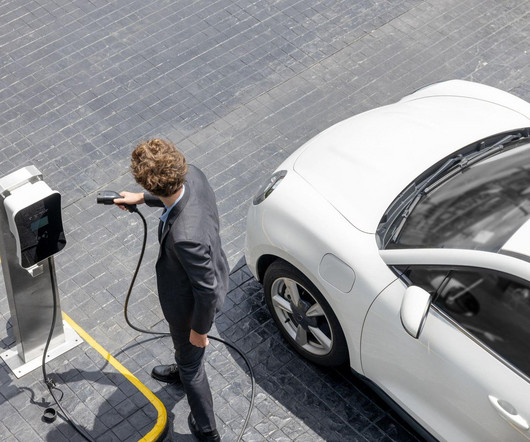

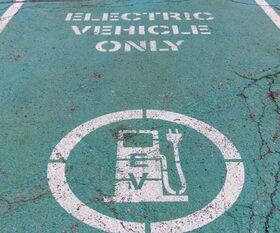






Let's personalize your content